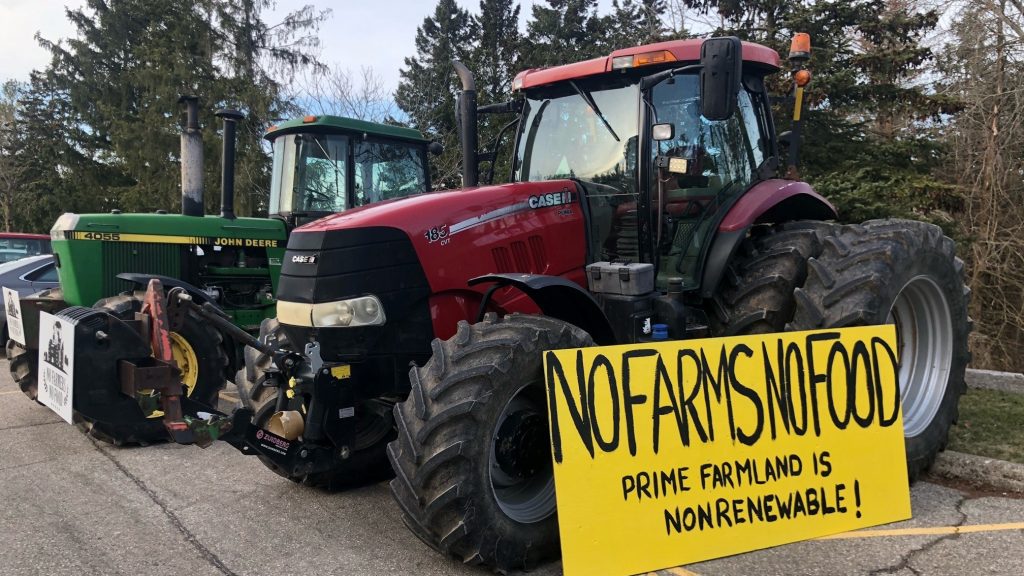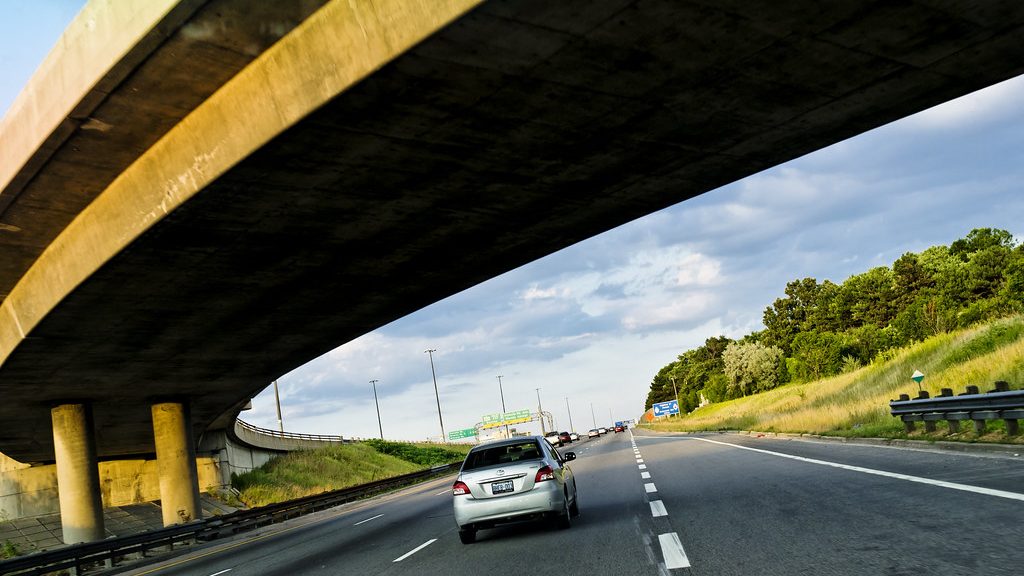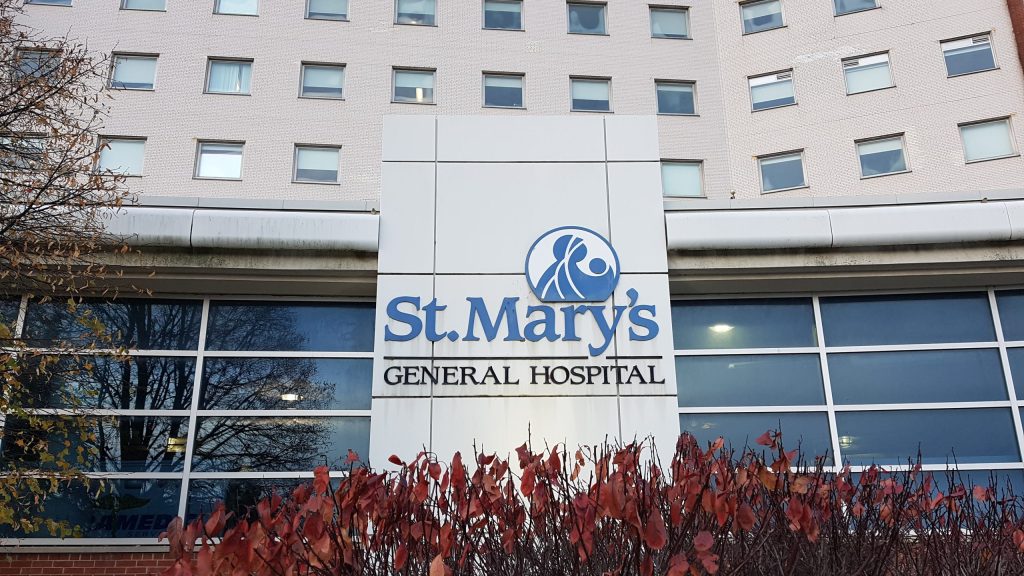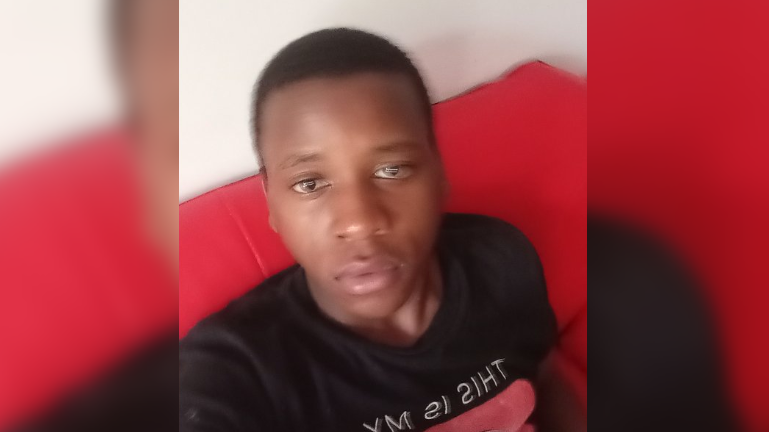COVID creating ‘perfect wave of social discontent’ as region sees continuing demonstrations despite health measures
Posted May 11, 2021 12:00:00 PM.
The last weekend marked a busy time for both regional police and local bylaw enforcement agencies, as the region was host to two separate demonstrations with widely different agendas and attendees. Saturday saw the counter-protest of a ‘White Lives Matter’ rally in Wilmot, as attendees encouraged a strict adherence to physical distancing and masking protocols despite gathering during a time where it is prohibited. On the other end of the spectrum, Sunday’s anti-lockdown protest saw hundreds of demonstrators voicing their opposition to the provincial stay-at-home order and local public health measures with appearances from notable individuals of the movement. While members of our regional police’s COVID Integrated Response Team were on site for both events, the police are facing a slew of criticism from the community – either in a perceived lack of response to demonstrations, or in what’s been seen as an inappropriate response to one event over another.
Speaking to the difficulties in policing such large-scale protests during a global pandemic is Scott Blandford, Assistant Professor and Coordinator for all public safety and policing programs at Wilfrid Laurier University. As the stresses of COVID fatigue and disruptions in livelihood continue for now over a year, Blandford said the province has been experiencing what he’d call a “perfect wave of social discontent” that has polarized people to “opposite ends of the spectrum”, leaving police in the middle position to maintain some form of balance in responding to continuing demonstrations. In carrying out that response, Blandford said police need to balance whether to “move in” and enforce the law – which would involve directly speaking with and confronting individuals, or observing, taking notes and following up with subsequent investigations.
“I think it’s a no-win situation for police,” said Blandford. “They find themselves in that middle ground trying to maintain balance, and quite often they’re looking for that cooperation factor as opposed to enforcement – and it’s that question of when do you move from enforcement to peacekeeping in those types of situations.”
After sporting a sizeable presence at Wilmot’s anti-racism rally outside of Castle Kilbride on Saturday, Waterloo Regional Police have drawn some concerns from members of the community that their response was more large-scale than what’s been seen at previous anti-lockdown rallies. Responding to concerns posed on Twitter by ReallocateWR, regional police maintained that they have a duty to plan an “adequate response to any event where there is the potential of multiple groups engaging in demonstration”. The concerned citizens group has since accused the service of deploying “disproportionate surveillance and intimidation tactics” at the anti-racism rally due to the attendance of BIPOC individuals and their allies.
“Our response to events such as these are proportionate to potential dynamics and outcomes to ensure community safety”, wrote Cherri Greeno, Manager of Corporate Communications for WRPS. “We want to assure the public that their safety is always top priority.”
According to Blandford, protests that have the potential for a meeting of groups with “diametrically opposed perceptions or opinions” can pose their own challenges, as he said that police find themselves “facing out from two sides of a fence”, aiming to maintain security and peace while preventing the situation from potentially escalating. Saturday’s anti-racism rally did not see any counter protesting or disruption from ‘White Lives Matter’ demonstrators, as regional police said they were pleased that the event remained peaceful.
While some have also expressed issue with police monitoring Sunday’s anti-lockdown rally from a distance rather than ticketing participants or clearing the crowd, Blandford said police are walking a fine balance between enforcement and maintaining the peace – allowing people to express their charter rights while ensuring public safety. In addition, Blandford said that COVID-19 concerns have exacerbated the challenges already presented in responding to a large demonstration, as officers have no idea what a person’s health status is in dealing with members of the community.
“There are all these variables that have to be taken into consideration… that are added on top of the normal protocols and procedures in place when dealing with these incidents,” said Blandford. “It certainly makes it a more complicated situation, and there’s probably some erring on the side of caution by police to maintain that distance (…) rather than wading into a crowd of people which could expose them to potentially greater problems.”
Thank you.
For clarification, we have a legislated duty to plan an adequate response to any event where there is the potential of multiple groups engaging in demonstration.
We were on scene in @WilmotTownship today to ensure the safety of participants & the entire community. https://t.co/N0hn3JYLBF
— Waterloo Regional Police (@WRPSToday) May 8, 2021










